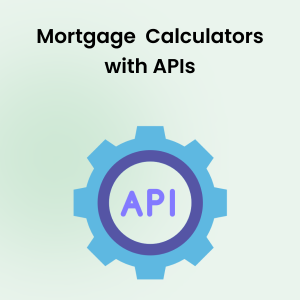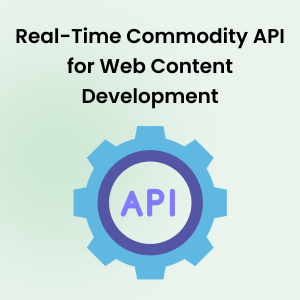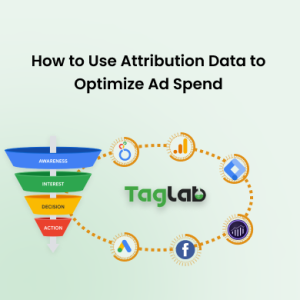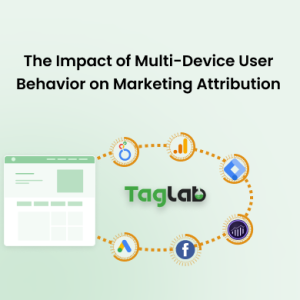Your cart is currently empty!
Multi-Touch Attribution Lead Conversion Metric Definition
Posted by:
|
On:
|
Multi-Touch Attribution Lead Conversion measures the effectiveness of various marketing touchpoints in converting leads into customers, assigning credit to multiple interactions throughout the customer journey. This metric helps businesses understand how different channels and campaigns work together to nurture leads and drive conversions.
Detailed Explanation
What is Multi-Touch Attribution Lead Conversion?
Multi-Touch Attribution Lead Conversion represents the percentage of leads that convert into customers, with attribution models assigning value to each touchpoint involved in the customer journey. Unlike single-touch attribution, which focuses on either the first or last touchpoint, multi-touch attribution provides a more balanced view by considering every interaction that plays a role in driving the conversion. This helps marketers evaluate which campaigns and channels contribute most to lead conversion.
How it Works?
Multi-Touch Attribution Lead Conversion is calculated by attributing conversions to all touchpoints that contributed to the journey, based on an attribution model such as linear, time decay, or position-based. Each touchpoint receives a portion of the credit for converting the lead:
Lead Conversion Rate = (Number of Leads Converted / Total Number of Leads) x 100
This approach allows businesses to analyze how effectively different touchpoints contribute to lead conversions, helping optimize marketing spend and strategy for better results.
Types of Multi-Touch Attribution Models for Lead Conversion
- Linear Attribution: Distributes equal credit to all touchpoints in the customer journey, providing a balanced view of lead conversion efforts.
- Time Decay Attribution: Assigns more value to touchpoints closer to the conversion, emphasizing the importance of recent interactions in driving the conversion.
- Position-Based Attribution: Gives more credit to the first and last touchpoints, indicating the significance of initial engagement and final conversion interactions.
- Custom Attribution Models: Allow businesses to create their own models to better reflect unique sales processes and customer behaviors, tailored to specific business needs.
Illustrative Scenarios
Examples
- An e-commerce brand uses a linear attribution model to measure lead conversions across email marketing, social media ads, and retargeting campaigns. Each channel receives equal credit, resulting in an 8% lead conversion rate.
- A software company employs a time decay attribution model to understand lead conversion across multiple channels. They find that targeted remarketing ads closer to the point of conversion have the most significant impact, resulting in a lead conversion rate of 12%.
Segmentation
Multi-Touch Attribution Lead Conversion can be segmented by channel, campaign type, or customer segment. For example, segmenting conversion rates by channel helps businesses determine which touchpoints are most effective at converting leads into customers, allowing for improved marketing focus and resource allocation.
Factors Influencing Multi-Touch Attribution Lead Conversion
- Attribution Model Selection: The chosen attribution model affects how credit is distributed across touchpoints, influencing the analysis of lead conversion effectiveness.
- Lead Quality: The quality of leads generated directly impacts the conversion rate. High-quality leads are more likely to convert when nurtured through multiple touchpoints.
- Customer Journey Complexity: More complex customer journeys with multiple touchpoints may require sophisticated attribution models to fully capture the impact of each interaction on lead conversion.
- Touchpoint Relevance: The relevance and personalization of each touchpoint significantly impact lead conversion success. Relevant and engaging content helps move leads through the funnel effectively.
- Channel Effectiveness: The performance of individual marketing channels affects the overall lead conversion rate, with more effective channels driving higher conversions.
Strategies to Improve Multi-Touch Attribution Lead Conversion
- Select an Appropriate Attribution Model: Choose an attribution model that accurately reflects your customer journey to better understand the impact of each touchpoint on lead conversion.
- Enhance Lead Quality: Use targeted campaigns to attract high-quality leads that are more likely to convert, resulting in better overall conversion rates.
- Improve Personalization: Deliver personalized content and offers at each touchpoint to increase engagement and drive leads toward conversion.
- Focus on High-Performing Channels: Use attribution data to identify which channels are driving the most conversions, and allocate resources accordingly to improve overall lead conversion performance.
- Test and Optimize Campaigns: Continuously test different strategies, channels, and touchpoints to determine which combinations yield the highest lead conversion rates and refine your approach accordingly.
Benchmark Indicators
Understanding Multi-Touch Attribution Lead Conversion benchmarks by industry helps evaluate the efficiency of marketing campaigns and lead nurturing strategies:
- Technology Industry: Lead conversion rates typically range from 7% to 15%, influenced by targeted campaigns and multi-channel touchpoints such as webinars and content marketing.
- Healthcare Industry: Conversion rates often range from 5% to 12%, driven by personalized outreach and trust-building campaigns aimed at patient acquisition.
- Financial Services: Lead conversion rates generally fall between 8% and 18%, depending on the effectiveness of multi-channel engagement such as webinars, content marketing, and email nurturing.
- E-commerce: Conversion rates range from 10% to 20%, influenced by product relevance, retargeting efforts, and personalized recommendations across multiple touchpoints.
- Education Sector: Lead conversion rates can vary from 3% to 10%, influenced by educational content, webinars, and effective nurturing campaigns targeting prospective students.
- Real Estate: Conversion rates often range between 5% and 12%, depending on personalized communication, follow-ups, and multi-channel lead nurturing strategies.
Tools for Measuring Multi-Touch Attribution Lead Conversion
- Attribution Platforms: Tools like Google Analytics, HubSpot, and Adobe Analytics provide insights into how different channels and touchpoints contribute to lead conversion, using various attribution models.
- CRM Systems: Integrating CRM systems like Salesforce with marketing attribution tools helps track lead status, customer interactions, and conversion rates effectively.
- Marketing Automation Tools: Platforms like Marketo and Pardot allow businesses to automate lead nurturing and track conversions, providing insights into which campaigns and touchpoints are most effective.
Common Pitfalls and Mistakes
- Using the Wrong Attribution Model: Choosing an attribution model that doesn’t accurately reflect your customer journey can lead to incorrect conclusions about lead conversion effectiveness.
- Ignoring Multi-Channel Integration: Failing to integrate campaigns across multiple channels may lead to incomplete attribution analysis, reducing the accuracy of lead conversion insights.
- Poor Data Quality: Inaccurate or incomplete data on customer interactions can skew conversion results, leading to incorrect attribution analysis and misguided marketing decisions.
- Not Personalizing Campaigns: Generic touchpoints can lead to low engagement and reduced conversion rates. Personalizing messages at each stage is crucial for effective lead nurturing and conversion.
- Overlooking Campaign Optimization: Not using attribution insights to optimize campaigns can result in missed opportunities to increase lead conversions. Regular analysis and adjustment are key to maximizing success.
Frequently Asked Questions
What is Multi-Touch Attribution Lead Conversion?
Multi-Touch Attribution Lead Conversion measures the percentage of leads that convert into customers, with credit assigned to each marketing touchpoint involved in the customer journey.
Why is Multi-Touch Attribution Lead Conversion important?
Multi-Touch Attribution Lead Conversion is important because it helps businesses understand which channels and campaigns contribute most to lead conversions, enabling better resource allocation and optimization of marketing efforts.
How can I improve Multi-Touch Attribution Lead Conversion?
To improve lead conversion, choose an appropriate attribution model, enhance lead quality, personalize content, focus on high-performing channels, and continuously test and optimize campaigns.
What factors influence Multi-Touch Attribution Lead Conversion?
Factors influencing lead conversion include attribution model selection, lead quality, customer journey complexity, touchpoint relevance, and channel effectiveness.
What are good benchmarks for Multi-Touch Attribution Lead Conversion?
Good benchmarks for Multi-Touch Attribution Lead Conversion vary by industry, with rates above 15% considered excellent, while rates below 5% indicate a need for improvement.



